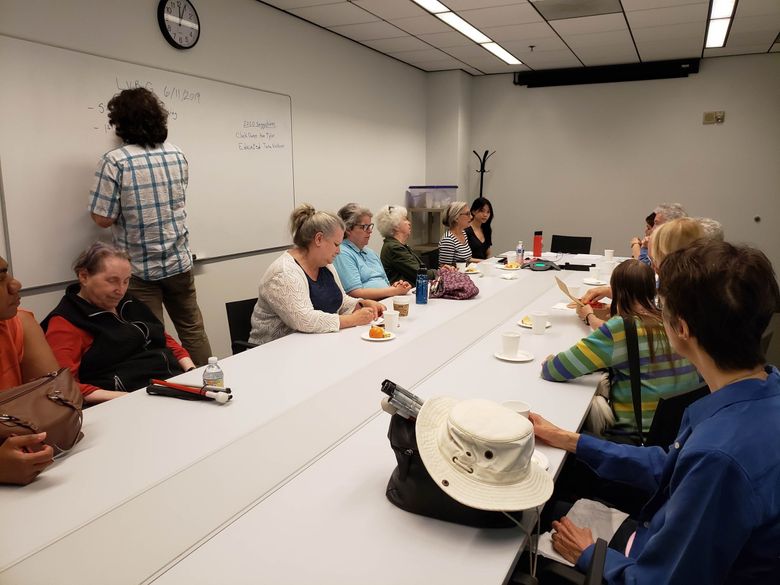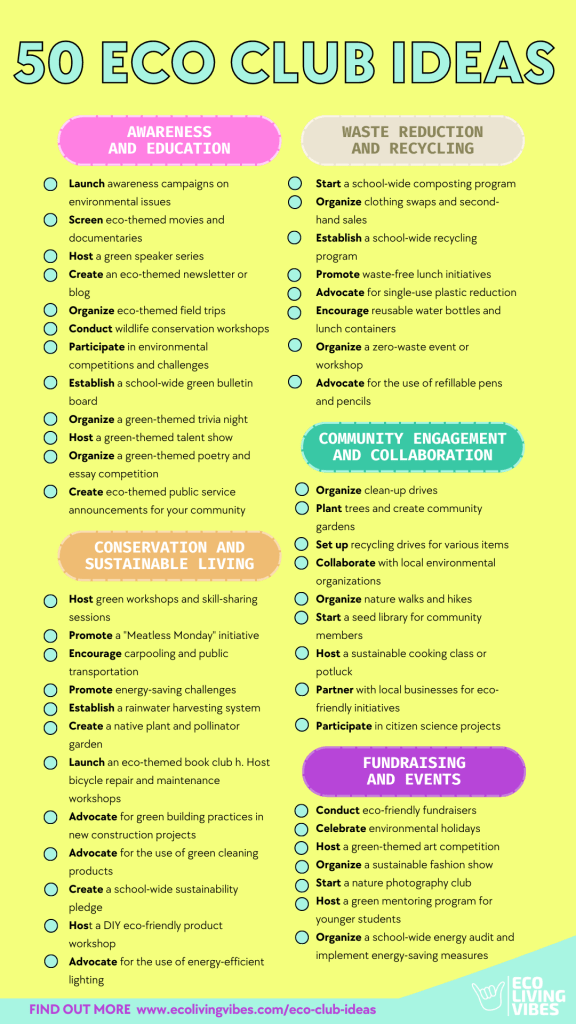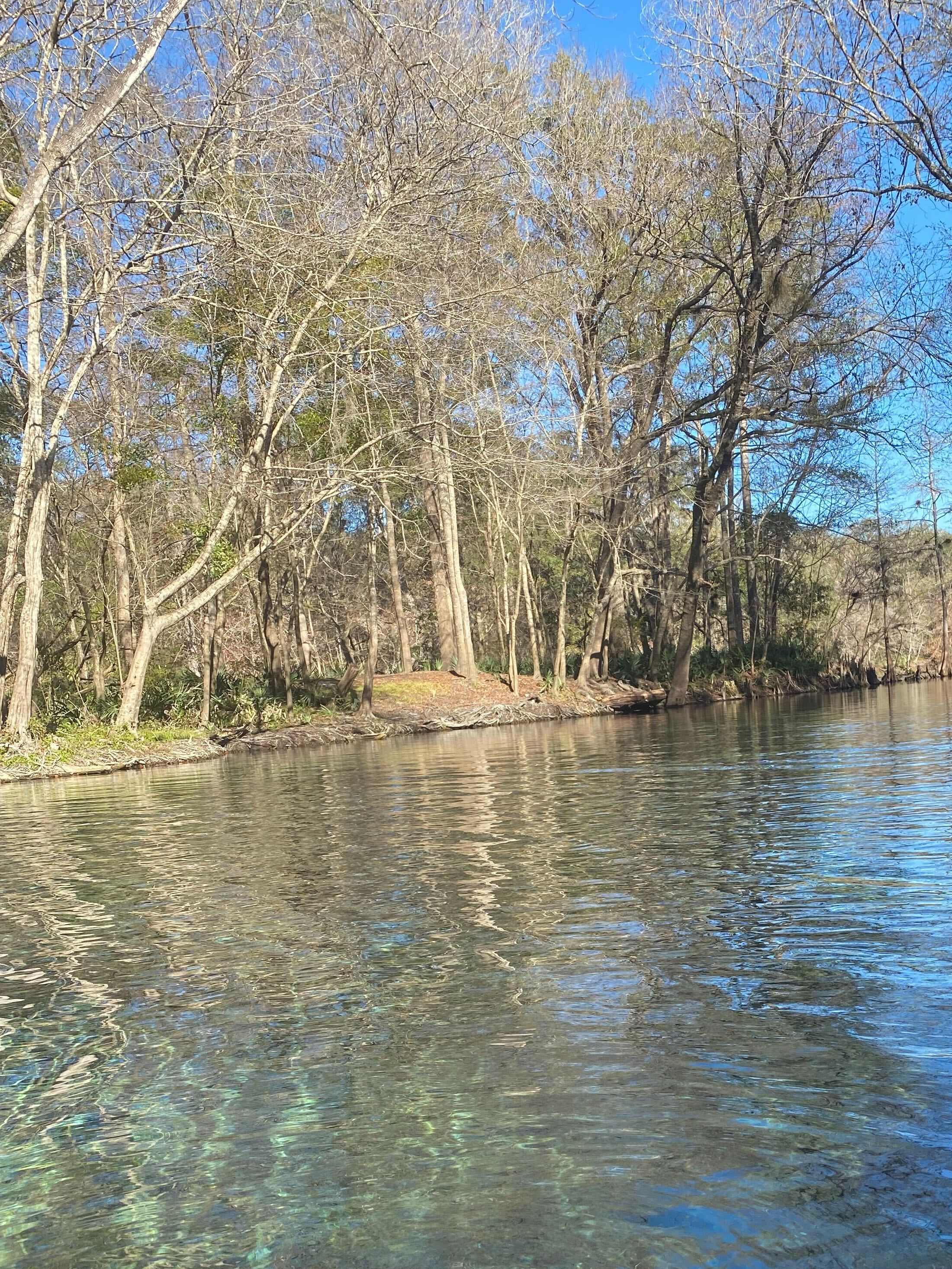Guide to Organizing an Environmental Reading Club

Guide to Organizing an Environmental Reading Club
Organizing an environmental reading club can be a rewarding way to engage with like-minded individuals, deepen your understanding of environmental issues, and inspire collective action. This guide is tailored for middle-aged individuals aged 40-55 in the United States, offering practical steps and engaging ideas to make your club a success.

Why Start an Environmental Reading Club?
Environmental reading clubs offer several benefits:
-
Community Building: They provide a platform for people to come together, share perspectives, and build connections over a shared interest in environmental issues.
-
Knowledge Sharing: Members can learn about various environmental topics, from climate change to conservation, through diverse book selections.
-
Inspiration for Action: Discussions often lead to ideas for personal and community-level environmental initiatives.

Step-by-Step Guide to Organizing Your Club

1. Define Your Club’s Purpose and Scope
-
Mission Statement: Clearly articulate the club’s goals, such as exploring environmental literature, fostering discussions, and promoting sustainability.
-
Target Audience: Focus on middle-aged individuals with an interest in environmental issues.

2. Recruit Members
-
Social Media: Use platforms like Facebook and Instagram to create a group or page for your club. Share engaging content to attract potential members.
-
Local Community Centers: Post flyers or announcements at community centers, libraries, and bookstores.
-
Word of Mouth: Invite friends, family, and coworkers who might be interested.

3. Choose Books
-
Theme Selection: Consider themes like climate change, sustainable living, or nature writing.
-
Book List: Start with accessible titles such as “An Inconvenient Truth” by Al Gore or “All We Can Save” edited by Ayana Elizabeth Johnson and Katherine K. Wilkinson.
-
Member Input: Encourage members to suggest books to ensure diverse perspectives.

4. Plan Meetings
-
Frequency: Meet monthly to allow ample time for reading and reflection.
-
Venue: Choose a comfortable, accessible location such as a library, community center, or virtual platform like Zoom.
-
Duration: Aim for 1-2 hours per meeting to facilitate in-depth discussions.

5. Facilitate Engaging Discussions
-
Preparation: Encourage members to take notes and prepare questions.
-
Discussion Guides: Use open-ended questions to prompt thoughtful discussions. Examples include:
-
What resonated with you in this book?
-
How does the book relate to current environmental issues?
-
What actions can we take based on what we’ve learned?
-
-
Active Listening: Ensure all voices are heard by managing dominant speakers and encouraging quieter members to contribute.

6. Incorporate Activities and Events
-
Guest Speakers: Invite local environmental experts or authors to enhance discussions.
-
Community Projects: Organize group activities like park cleanups or tree planting to apply what you’ve learned.
-
Themed Meetings: Host themed meetings with related snacks, decorations, or activities to keep discussions engaging.

Tips for a Successful Club

1. Foster a Supportive Environment
-
Group Norms: Establish respectful communication norms to ensure all members feel comfortable sharing their thoughts.
-
Feedback Loop: Regularly solicit feedback to refine your club’s approach and keep members engaged.

2. Utilize Technology
-
Virtual Meetings: Use platforms like Zoom for remote meetings, especially for members with mobility issues or those living far apart.
-
Online Resources: Share relevant articles, videos, or podcasts to supplement discussions.

3. Encourage Action
-
Action Plans: After each book, discuss potential actions members can take in their personal lives or communities.
-
Collaborative Projects: Organize group projects that apply environmental principles learned from the books.

Engaging Activities for Environmental Reading Clubs

1. Book-Related Events
-
Author Talks: Arrange for authors to speak at your meetings or participate via video conferencing.
-
Literary Debates: Host debates on themes or characters from the books, encouraging critical thinking and engagement.

2. Community Engagement
-
Volunteer Days: Organize group volunteer days focused on environmental activities like tree planting or beach cleanups.
-
Environmental Workshops: Host workshops on sustainable living practices, such as composting or energy efficiency.

3. Creative Expression
-
Writing Workshops: Encourage members to write their own environmental stories or poetry inspired by the books.
-
Art Exhibitions: Host exhibitions featuring environmental-themed art created by members or local artists.

Conclusion
Starting an environmental reading club is a powerful way to build a community around shared interests and inspire positive change. By following these steps and incorporating engaging activities, you can create a vibrant and impactful club that enriches the lives of its members and contributes to a more sustainable future.

Additional Resources
-
Book Recommendations:
-
“Silent Spring” by Rachel Carson
-
“The Uninhabitable Earth” by David Wallace-Wells
-
“Braiding Sweetgrass” by Robin Wall Kimmerer
-
-
Online Communities:
-
Join environmental book clubs on Goodreads or Facebook to connect with other readers and find inspiration for your club.
-
-
Local Partnerships:
-
Collaborate with local environmental organizations to enhance your club’s impact and access resources.
-

Final Thoughts
Organizing an environmental reading club is not just about reading books; it’s about fostering connections, sparking meaningful discussions, and inspiring collective action. By embracing this journey, you and your members can become part of a larger movement toward sustainability and environmental stewardship.








